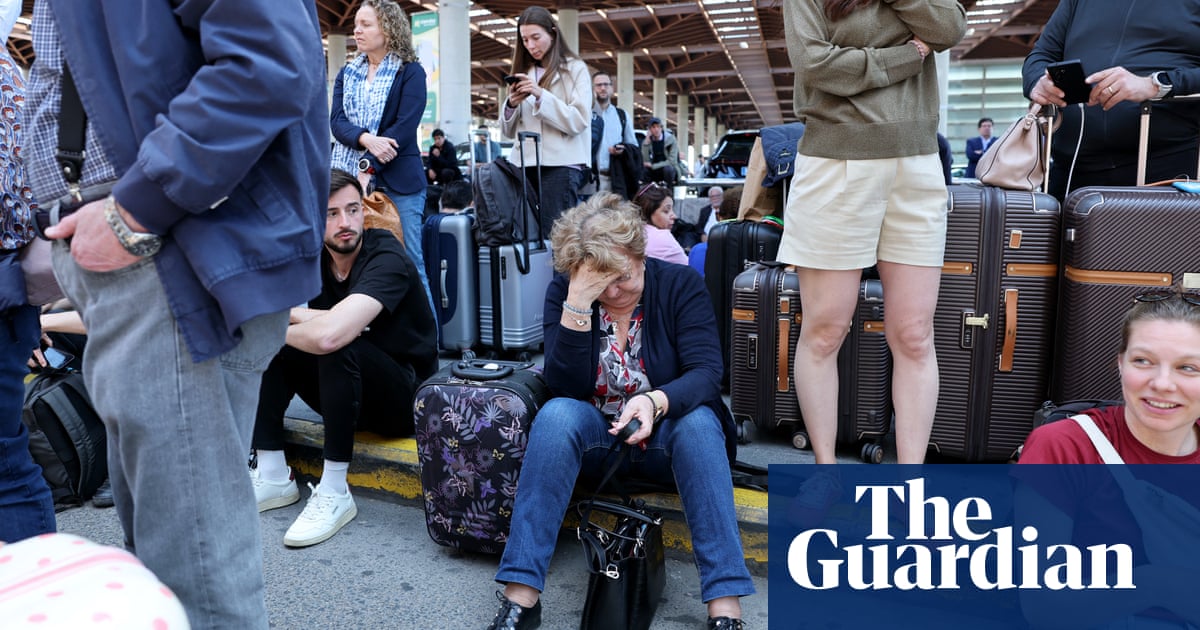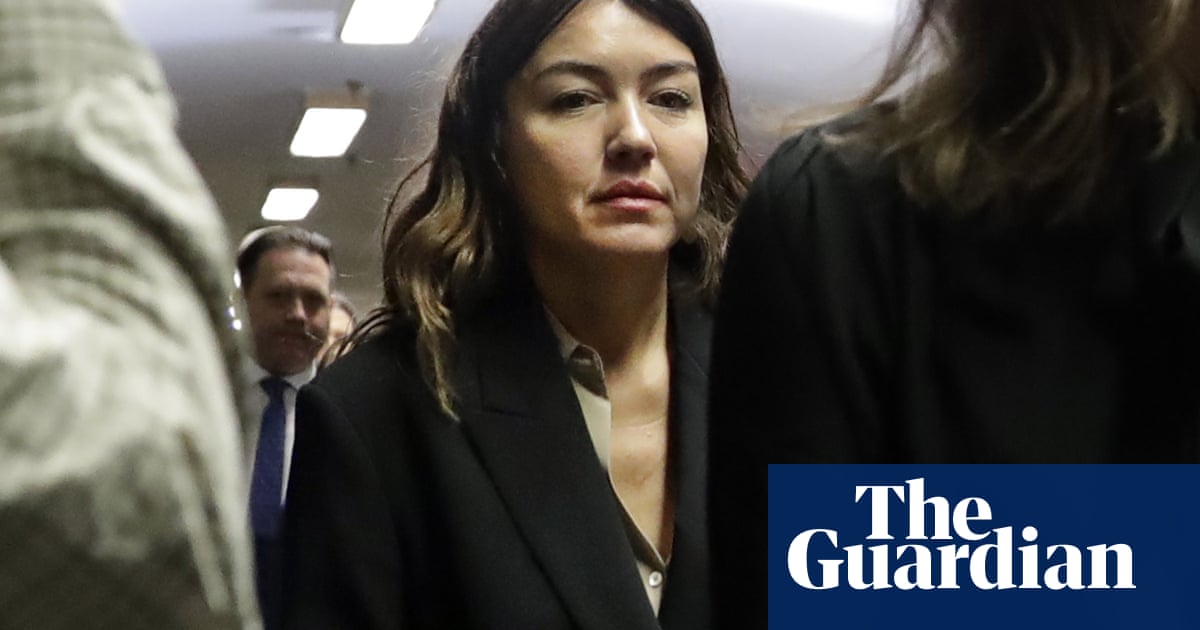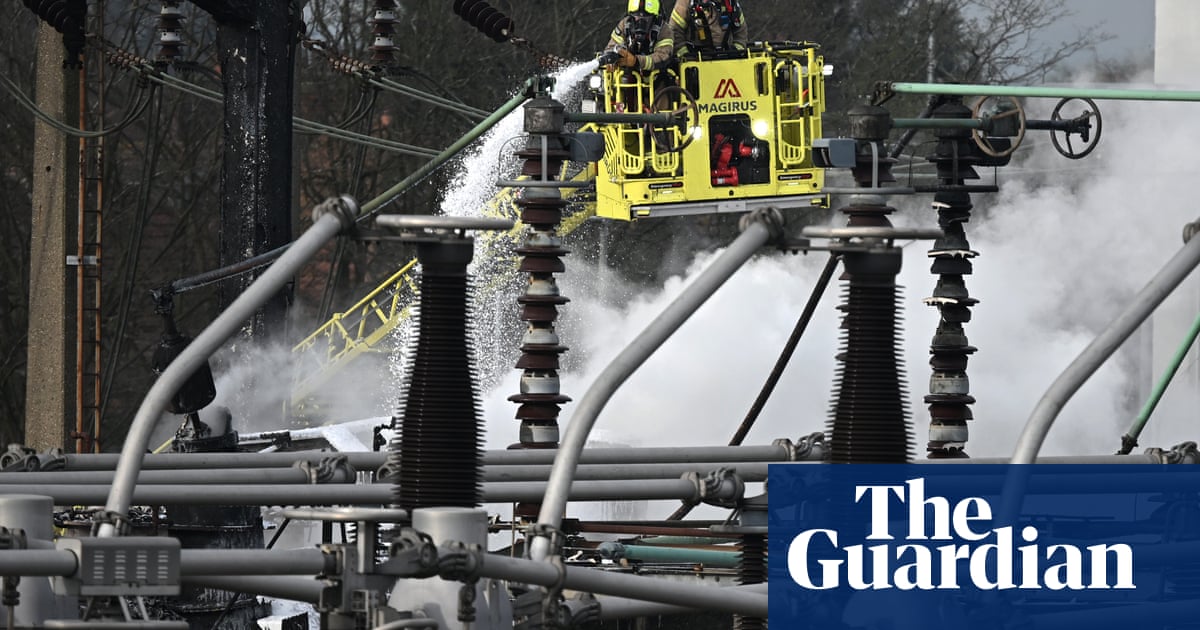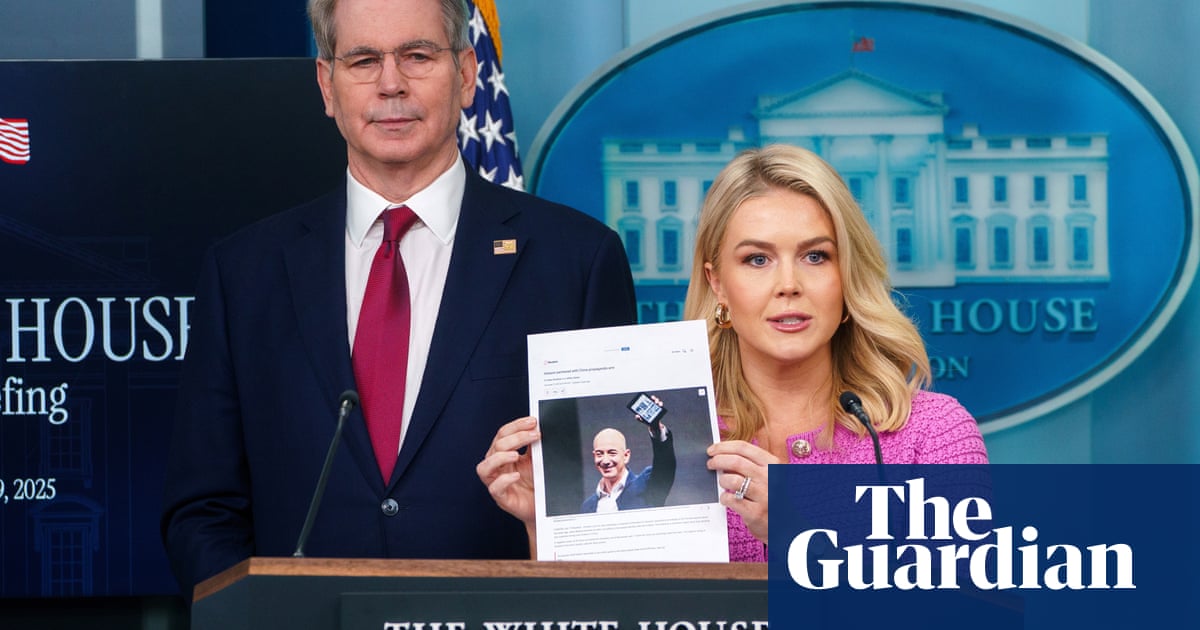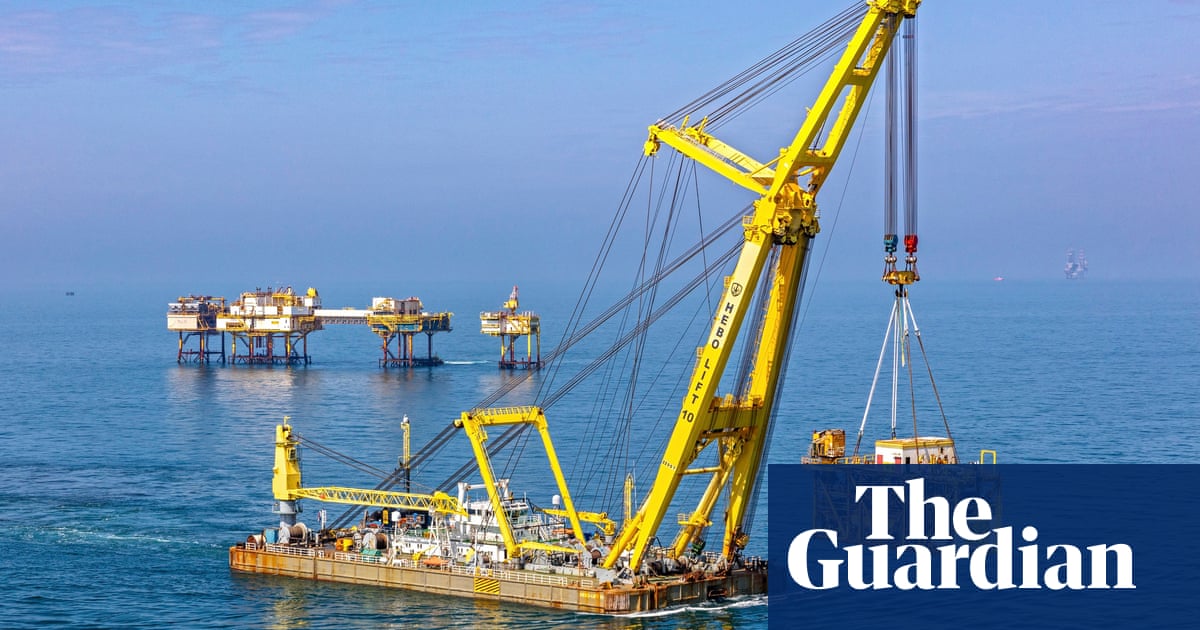The proportion of cancer patients in England experiencing long waits for treatment has almost trebled, figures show.
Analysis by Cancer Research UK exclusively for the Guardian shows there has been a nearly fourfold increase in the number of patients in England waiting more than 104 days for urgent cancer treatment, from just over 6,000 patients in 2016 to 22,000 last year.
In 2024, more than 11% of cancer patients waited longer than 104 days to start treatment, which was nearly triple the rate of 4.4% in 2016.
The latest figures from NHS England show a slight improvement in the number of patients treated on time. In December, 66.4% of patients were treated within 62 days of urgent referral, up marginally from 64.5% in November.
The target is to treat 85% of cancer patients within 62 days but this has not been met in any month since December 2015. Even if patients referred via screening or from their consultant are included, just under one-third of patients are still not treated on time.
According to Cancer Research UK, the last time the NHS consistently met the target to treat 85% of cancer patients within two months of urgent referral was in 2013.
The charity calculates that in 2024, 74,000 patients waited longer than 62 days to begin cancer treatment.
Once Cancer Voice, a coalition of more than 50 of the UK’s leading cancer charities, said the slow rate of improvement in treatment times was not good enough.
The government relaunched its cancer plan in February but charities and experts said that without more funding it would fail.
Cancer Research UK’s chief executive and One Cancer Voice representative, Michelle Mitchell, said: “The national cancer plan can be a turning point for cancer patients across England, but the UK government must invest in staff and equipment, alongside reforms, if it’s to hit all cancer waiting time targets by the end of this parliament. It’s the least that cancer patients deserve.”
The NHS monthly data did show some improvements against cancer targets, with 78.1% of people receiving the all-clear or a definitive cancer diagnosis within 28 days of referral. The figures also revealed a 4% increase in urgent referrals of patients with suspected cancer.
after newsletter promotion
But Prof Pat Price, a leading oncologist and the chair of Radiotherapy UK, said this was nothing to celebrate. “Thousands of lives are at stake because of the normalisation of cancer patients not getting treatment on time. We cannot afford to celebrate the diagnosis of more cancer patients when so often these patients end up on huge waiting lists for treatment. Every four weeks of delay in treatment can increase the risk of death by 10% for some cancers.
“While marginal improvements in the data are welcome, they cannot be allowed to mask the devastating crisis in cancer services. We need a monumental effort from the heart of government to turn this around.”
NHS data also shows record numbers of patients waiting more than 12 hours in accident and emergency, while delays in discharging patients who were fit enough to leave hospital have also hit new highs.
Prof Peter Johnson, the NHS national clinical director for cancer, said: “We know that too many people are waiting too long for cancer treatment, but thanks to the hard work of staff we have seen real improvement this year against all three standards – with a steady reduction in waiting times to start treatment and the faster diagnosis standard being met in eight of the last 10 months.
“Although there is still much more to do to ensure patients receive a timely diagnosis and treatment, we are now seeing record numbers come forward for urgent checks – with suspected cancer referrals more than doubling in the last decade – and more people than ever are being diagnosed at an early stage, helping ensure that cancer survival has never been higher.”
He added: “The NHS is fully committed to improving access to cancer care and last week we confirmed the faster diagnosis standard target is to be increased, to see around 100,000 more patients receive a diagnosis or the all-clear within four weeks next year.”

.png) 2 months ago
22
2 months ago
22



